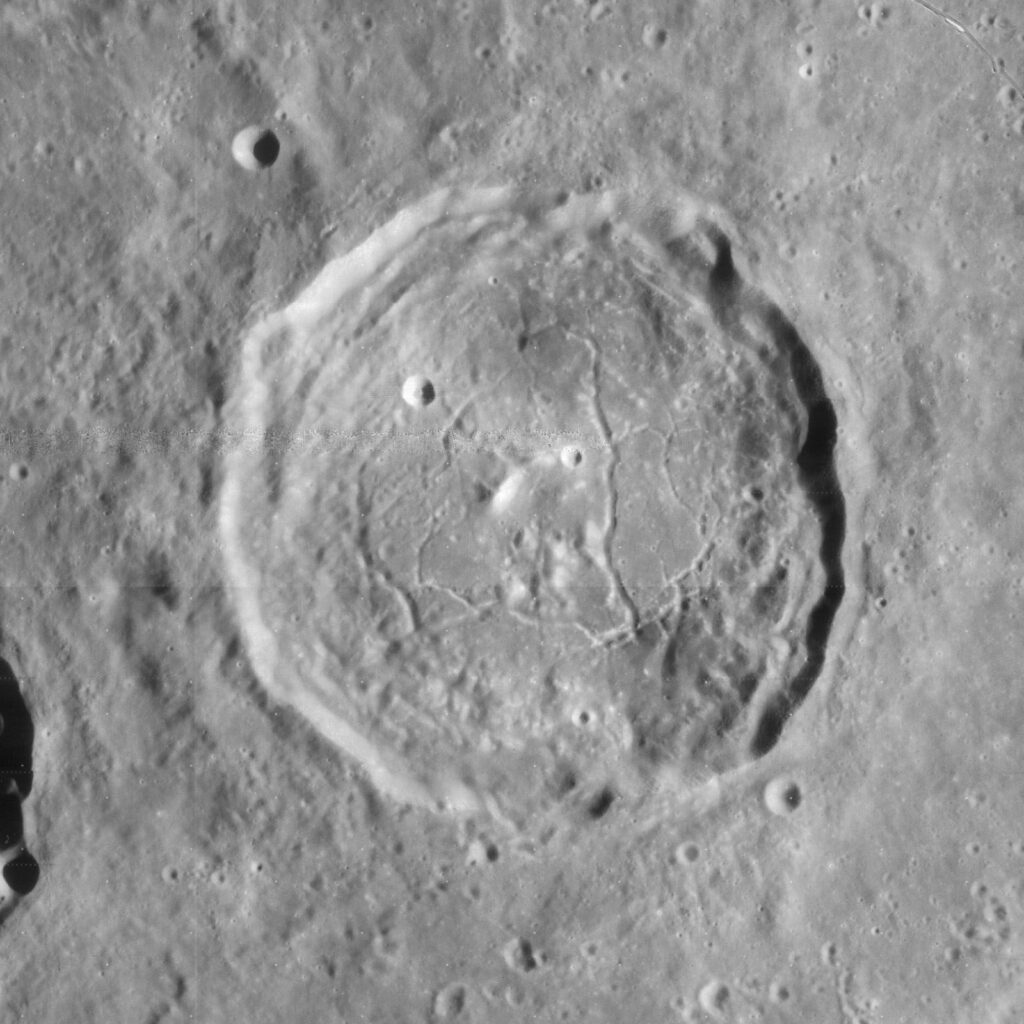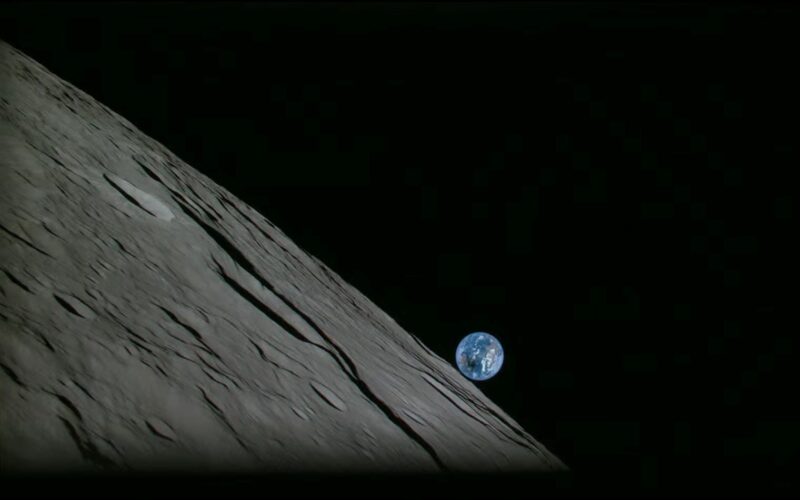Communication was lost with the private Japanese spacecraft Hakuto-R as it was making its descent onto the Moon’s surface.
Japanese lunar robotic exploration startup company ispace had successfully launched the first privately funded moon lander aboard a SpaceX Falcon 9 rocket on December 11, 2022.
The Hakuto-R lander spent around a month in the Moon’s orbit before it began its descent on April 26, 2023. After an hour of successful approach maneuvers towards the Atlas crater, communication was suddenly lost.
“The HAKUTO-R Mission Control Center in Nihonbashi, Tokyo, confirmed that the lander was in a vertical position as it carried out the final approach to the lunar surface,” ispace said in a statement. “Based on this, it has been determined that there is a high probability that the lander eventually made a hard landing on the Moon’s surface.”

Among other payloads, the ispace Mission 1 lander was carrying the 10-kilogram Rashid rover for the Emirates Lunar Mission, and a small two-wheeled robot for the Japanese space agency. Had it been successful, Hakuto-R would have been the first private mission to land a spacecraft on the Moon.
ispace was founded more than 10 years ago and began as a team competing for the Google Lunar Xprize under the name Hakuto, based on legendary Japanese folklore in Japan about a white rabbit that lives on the Moon.
On April 6, 2019, the Beresheet spacecraft sent by the Israeli non-profit organization SpaceIL also crashed while attempting to land on the Moon.

